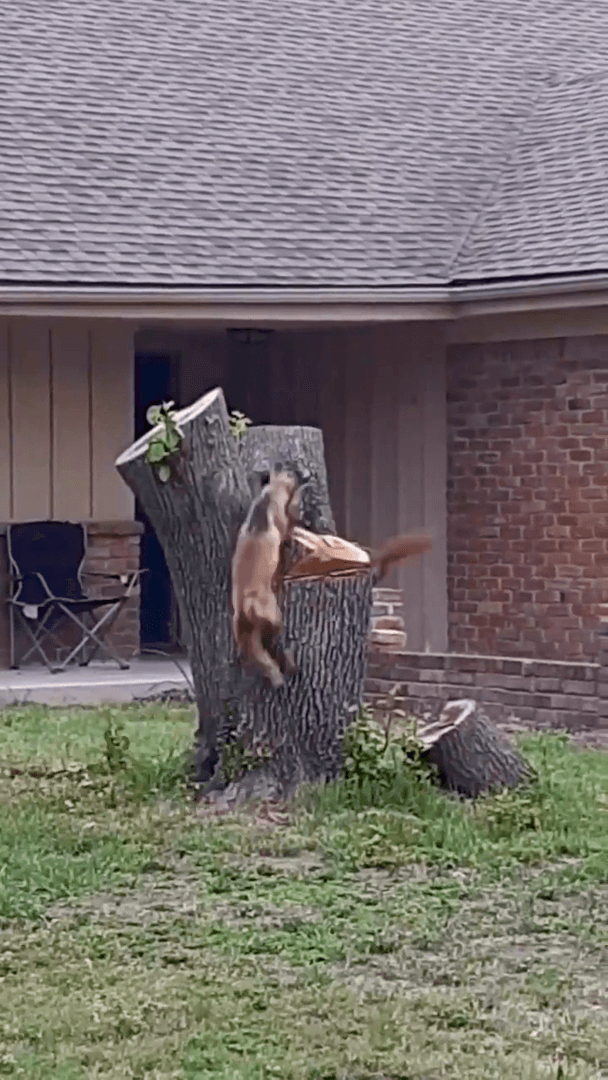
A new species of snake was named in honor of Harrison Ford. Ants and spiders have already been named after the artist. One of Harrison Ford's most famous roles is the archaeologist Indiana Jones in the famous franchise. The character is characterized by intelligence, dexterity and bravery. But at the same time, he is very afraid of snakes. Despite this, Harrison Ford's name was borrowed for a new species of snake found in the Peruvian Andes. Tachymenoides harrisonfordi does not pose a danger to humans. The length of the reptile is 16 feet (0.4 m). There are stripes on her body, and yellow, brown and copper shades are present in her color. Ants (Pheidole harrisonfordi) and spiders (Calponia harrisonfordi) were previously named after Ford. Harrison Ford is not the only celebrity after whom previously unknown organisms and substances have been named. "These scientists continue to give my name to animals that children are so afraid of. I just can't figure it out. In my free time,
Post: 21 August 21:15















































